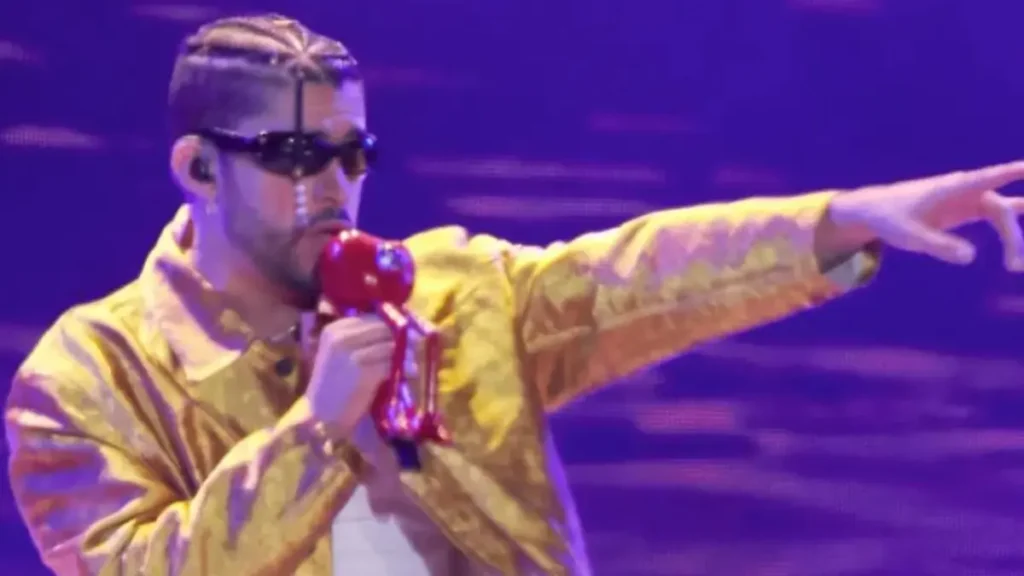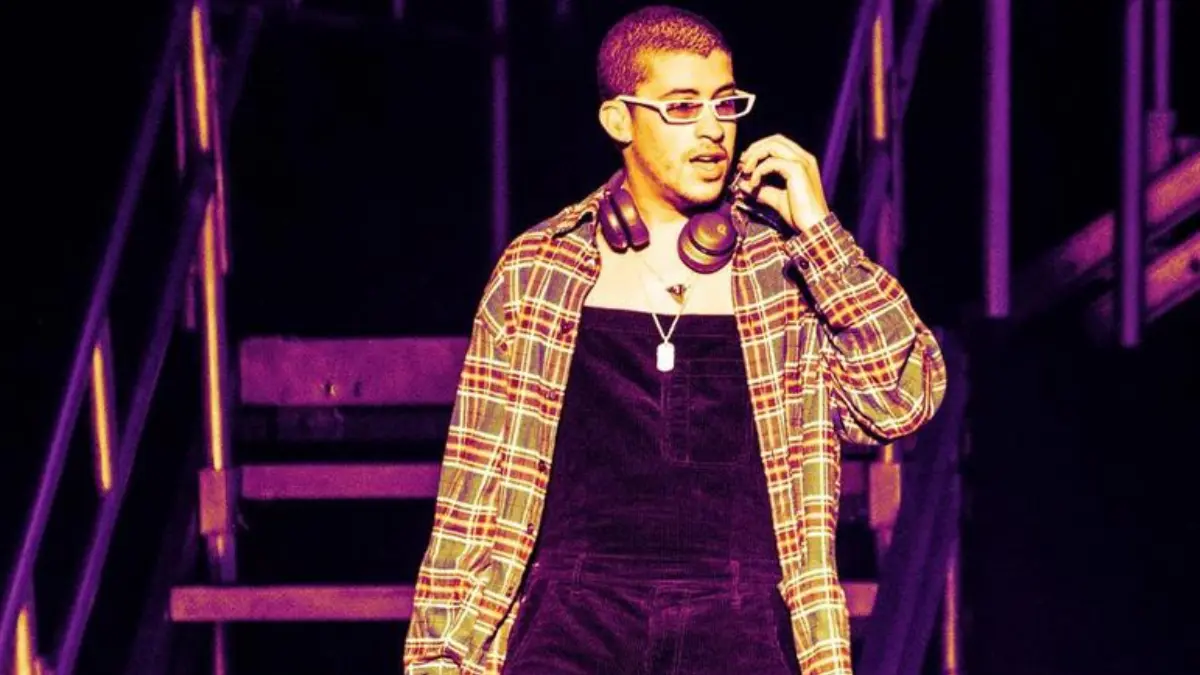The Twin Cities are shedding their image as a stopover for important tours featuring Latin music. An increasing number of Latin music events are taking place in Minneapolis and St. Paul, as evidenced by Bad Bunny’s impending headline performance at Target Center. This performance is a part of a wave of Latino performers that Target Center is hosting, such as Ricardo Arjona, Carin León, Santa Fe Klan, Luis Miguel, and Peso Pluma.
This wonderful change is being fueled by several factors. The Latino community in the Twin Cities is growing, and its youthful demographic makes up a sizable portion of the concertgoer base. But there has also always been a gulf between Spanish-speaking music enthusiasts and the local performance industry. A lack of marketing to this audience, according to radio hosts Terrell LaMarr and Miguel Vargas, is causing musicians to struggle to locate venues that fall somewhere between smaller bars and larger arenas like Target Center.

In order to effectively engage fans of different Latino music subgenres, Target Center is actively addressing this by mastering the subtleties of promoting Latino music concerts. For fans of Latino music in the Twin Cities, this is a welcome shift as they can now anticipate a more varied and regular schedule of events.
Also Read: New Take on The Crow: Skarsgård & FKA Twigs Reimagine Gothic Classic
From El Nuevo Rodeo to Target Center: Bad Bunny’s Long-Awaited Return
In 2017, Bad Bunny, who was still a rising sensation and hadn’t yet broken through the Billboard charts, gave a performance at El Nuevo Rodeo, a nightclub in Minneapolis. That night, he was opened by local rapper María Isa, who recalled her prophecy to the crowd: “You’re never going to have the chance to see him in a venue this size again.”
As it happens, she was correct. After six years, Bad Bunny has become a worldwide sensation with a number of chart-topping hits, such as “I Like It,” three Grammy awards, and the record for the most-streamed album ever on Spotify (“Un Verano Sin Ti”). On all of his future tours, Bad Bunny avoided the Twin Cities, much to the annoyance of his patient Minnesota fans. To see him in 2022, some went so far as to fly to Chicago, demonstrating the strong desire for his comeback.
A Market on the Rise: Numbers Don’t Lie
This change in the music landscape is mostly the result of the expanding Latino population in the Twin Cities. About 345,000 Latino people were enumerated in Minnesota according to the 2020 U.S. Census, albeit this figure is likely underestimated. Minneapolis and St. Paul, home to around 200,000 Latinos, are ranked 42nd out of all U.S. metropolitan regions; they are not at the top, but they are improving.
What’s more, the demographics are overwhelmingly young. 37% of Latinos in Minnesota are under the age of 18, according to census data, compared to just 23% of the overall population. In the state, 10% of children currently identify as Latino. This results into a sizable group of upcoming concertgoers who are passionate about Latino music and are approaching adulthood.
Bridging the Gap: Reaching Spanish-Speaking Music Fans
There hasn’t always been a close relationship between the Latino community and the local music industry, despite the sizeable Latino population. Co-host of the Spanish-language program “Radio Pocho” on KFAI, radio DJ Terrell LaMarr, draws attention to the historical division that exists between the “media, marketing and event spaces” that serve audiences that speak English and those that are centered around Latino music.
According to LaMarr, “The English-speaking market has the resources to promote shows like Bad Bunny and Peso Pluma coming to Target Center, but they don’t quite know how to reach the people who don’t get their information from those mainstream resources.”
Co-host Miguel Vargas, who lives in the Twin Cities and traveled to Chicago for Bad Bunny’s 2022 show, agrees with LaMarr. He stresses how important it is to build a closer connection between Latino concertgoers and the music business. “If a venue doesn’t feel like they can tap into that [Spanish-speaking] market,” LaMarr asserts, “then they don’t want to take a risk on a show if they don’t feel they can promote it correctly.”
The dearth of mid-sized venues that serve emerging Latino musicians, who are trapped between El Nuevo Rodeo’s intimacy and Target Center’s expansiveness, is probably a result of this disparity.
Target Center Embraces the Challenge
Target Center embraces the challenge of marketing Latino music events despite the learning curve that comes with it. Assistant general manager Amy Rahja of the arena emphasizes their dedication to “dig deeper into this genre of music, explore the subgenres within and how to reach their respective fans.”
Rahja highlights the significance of “identifying optimal methods for promoting regional Mexican cuisine as opposed to reggaeton music.”
